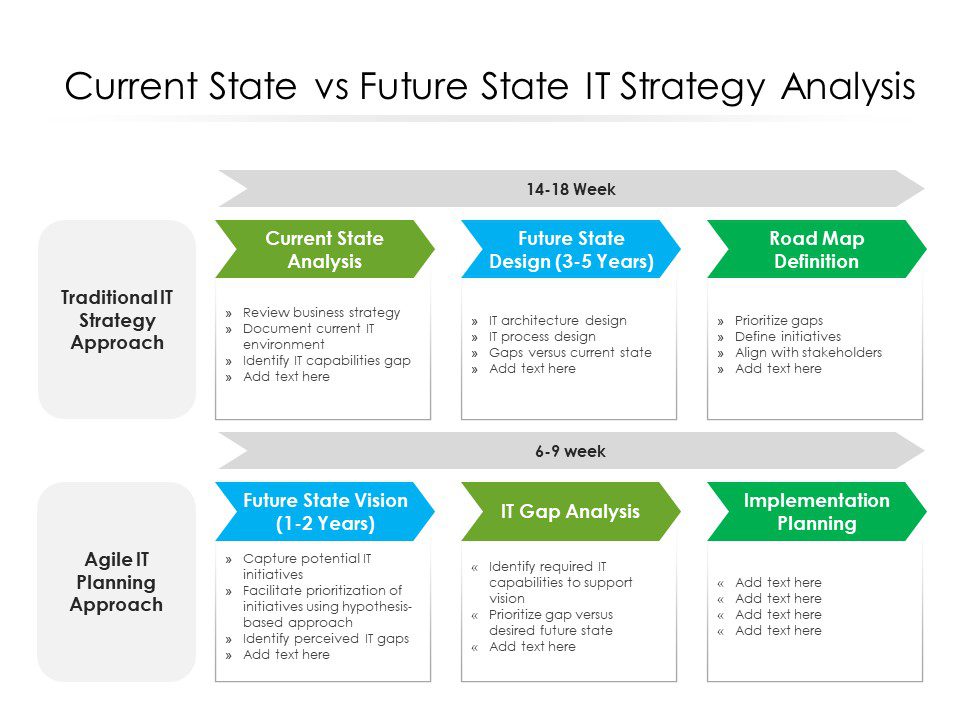We’ve all experienced moments where we knew there had to be a better way to do something. This is where we help you discover that better way. We excel at mapping complex businesses and processes, identifying areas for improvement and implementing solutions that get you from where you are to where you need to be. No matter what industry you are in or processes you have, the process is the same and ultimately leads to identification of wasted time and resources while also uncovering hidden opportunities to realize tangible improvements for your business operations.

A process map or flowchart provides a bird’s-eye view of your company’s processes from end to end, represented by a sequence of activities in a diagram. These process maps can include anything from what activities should happen and when, to dependencies individuals or departments have on others that impact their ability to do their jobs on time and to the standards required. Process maps can outline who is involved and where, the steps, documents, systems used at various stages, where decisions are required and by whom and where existing pain points exist.
Process mapping is an important step that can significantly enhance any process improvement project by increasing your understanding of the flow of activities, information, people, and resources through a visual means. It’s not a “one-size-fits-all” solution but rather a methodology that can be applied in various ways to solve a multitude of business challenges.
The true value often lies in what the map reveals.
Our business process improvement consultants are skilled in continuous improvement. We use process mapping for a current state analysis to classify process outputs and inputs, identifying what is and isn’t working, where we can reduce waste or duplication of effort, identify cost-savings, speed up process lead times, and optimize standard repeatable activities all while ensuring quality remains consistent or improves.
From there, we work with you to remove unnecessary steps in your current processes, streamlining your workflow by removing roadblocks, pain points and eliminating frustrating extra steps.
Process maps/flowcharts can also be used to establish the gaps between your current state and your objective or strategic goals. By mapping current state and your future desired state, we can identify the gaps and make the necessary improvements to get you from where you are to where you want to be.

Why You Might Need Process Mapping:
Our clients often wonder why they need process maps. To answer this, it’s important to understand the needs of your business first and what you are looking to achieve:
The following list demonstrates the intrinsic value of process mapping. This service will lead to increased competencies, and a boost in overall organizational health. Our extensive experience in performance management has made us experts in business process improvement, and the results we’ve delivered have earned us our stellar reputation.
Besides offering a visual representation of how your business operates on multiple levels, a successful business process mapping (BPM) initiative will typically result more than one of the following benefits:
